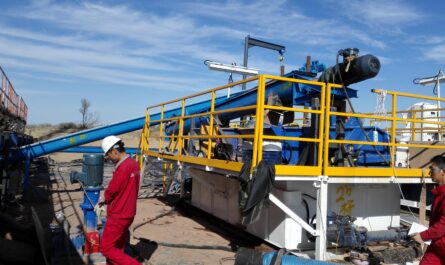Introduction of Oxygen Scavenger Industry
Oxygen scavengers are chemical compounds that are used to remove dissolved oxygen from liquid environments such as water, organic solvents, and other liquids. They help protect metals, food, beverages, and pharmaceutical products from oxidation caused by oxygen. The first oxygen scavengers were introduced in the 1950s when issues related to corrosion in offshore oil platforms emerged. Since then, their usage has expanded to other industries seeking to prevent oxidation degradation of products.
Usage in Food and Beverage Packaging
One of the largest applications of Oxygen Scavenger is in food and beverage packaging. Exposure to even small amounts of oxygen can cause nutrients in foods to degrade, compromise taste and texture, and shorten shelf life. Oxygen scavengers placed either within rigid food packaging or as label-sized scavenger sachets help maintain a low-oxygen environment optimal for food preservation. Common food products packaged with oxygen scavengers include chips, nuts, coffee, dried fruits, cereals, snack bars, and baked goods. Similarly, beverage packaging increasingly utilizes oxygen scavengers to protect products containing unsaturated fatty acids and antioxidants prone to oxidation. This allows extending the shelf life of beer, fruit juices, teas, coffees, and carbonated drinks without refrigeration.
Protecting Pharmaceuticals
Oxygen is detrimental to the quality, safety and efficacy of many pharmaceutical products. Oxidation can degrade active drug ingredients, rendering medications less potent or ineffective over time. It can also generate degradation byproducts that discolor drugs or pose health risks. The pharmaceutical industry relies heavily on oxygen scavengers applied either as sachets within bottles or integrated directly into packaging materials. This helps maintain the pharmaceutical qualities of tablets, capsules, liquids, and topical formulations throughout distribution networks and extended shelf lives. It also earmarks a product’s quality with consumers in a highly regulated industry.
Preventing Corrosion in Industrial Systems
Preventing corrosion caused by trace oxygen levels is another major use of oxygen scavengers. They are added to Coolants, lubricants, hydraulic fluids, and other industrial circulating liquids used in manufacturing equipment. Even minute oxygen amounts can promote metal corrosion weakening pipes, turbines, and vessels over time. Proper oxygen removal protects costly industrial infrastructure and prevents unexpected breakdowns. Oxygen scavengers also find usage in protecting metal structures during construction by passivating freshly cut or welded steel against oxidation before coating or use. Their corrosion prevention benefits have expanded oxygen scavenger demand in oil & gas, power, manufacturing, and other capital-intensive industries.
Usage in Fire Suppression System
Oxygen scavengers play a crucial role in assisting fire suppression systems. They are added to inert gas systems used to flood high-risk areas like computer server farms, turbine enclosures, and industrial process equipment with an inert atmosphere like nitrogen. By rapidly removing trace oxygen levels, the scavengers help the inert gas achieve faster oxygen displacement to effectively extinguish any fires or prevent their ignition. This allows inert gas systems to act as a highly effective yet environmentally-friendly alternative to halon gases. Oxygen scavengers thus boost safety in facilities where rapid fire suppression is mission-critical.
Advantages Driving Increased Adoption
The widespread and growing usage of oxygen scavengers stems from several advantages over traditional oxygen removal methods:
– Effectiveness – Oxygen scavengers can reduce oxygen levels far below what can be achieved through inert gas purging or vacuum packing alone. This delivers optimal product protection.
– Convenience – Oxygen scavengers provide “fits-and-forget” oxygen control without need for specialized equipment or energy-intensive processes.
– Cost-Effectiveness – Using oxygen scavengers is often more affordable than instrumentation, maintenance, and product losses from oxidative degradation without scavenging.
– Sustainability – They present a “green” alternative to wasteful practices like shortening shelf lives or over-packaging to allow for oxidative protection.
– Versatility – Oxygen scavenger industry are available in various forms suited for diverse packaging formats and industrial liquid applications.
In Summary, with these tangible benefits, oxygen scavenging is emerging as an indispensable oxidation protection technology across multiple industries globally. Its usage will likely further proliferate new fields seeking to extract more value from products through longer shelf lives and reduced spoilage. Combined with innovative delivery methods, oxygen scavenging promises to revolutionize oxidative degradation prevention worldwide.
*Note:
1. Source: Coherent Market Insights, Public sources, Desk research
2. We have leveraged AI tools to mine information and compile it



